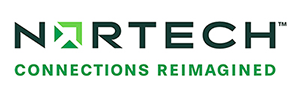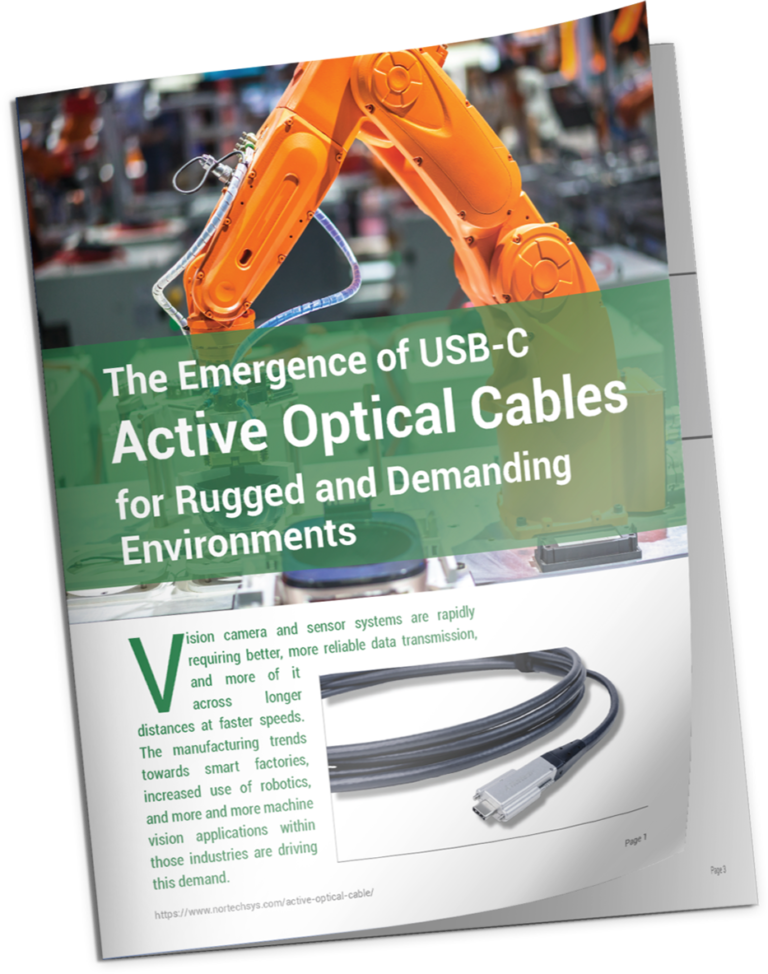With the accelerated changes in technology and today’s cable ecosystem, vision camera and sensor systems are rapidly requiring better, more reliable data transmission, and more of it across longer distances at faster speeds.
The manufacturing trends towards smart factories, increased use of robotics, and more and more machine vision applications within those industries are driving this demand. Our clients demand more data, longer distances, and greater reliability in a simplified design.
Current commodity cables fall short of keeping up with these advancements as they may be inexpensive, but they are typically limited to transmitting data across no more than 10 meters, have poor reliability, and frequently fail in demanding environments. Multi-function cables combine copper and fiber with a USB-C connection to form a hybrid active optical data cable. This combination yields a streamlined solution with enhanced power delivery, designed and tested for rugged environments.
USB-C Active Optical Cables are durable, flexible, protect interconnect design from repetitive vibration, EMI, and other environmental factors, and breaks through outdated limits with custom lengths of 50 meters or longer.
These multi-function cables combine copper and fiber with a USB-C connection to form a hybrid active optical data cable. It is designed and assessed for rugged and demanding environments.
A variety of manufacturing industries use machine vision systems. In terms of application usage our architecture is designed to be flexible, customizable and to meet the changing system configurations in multiple industries. For instance, Nortech’s USB-C Active Optical cables optimize machine vision in industries such as automotive, semiconductor, and electronics. In short this means the same family of cables is useful for a wide variety of use cases.
Ease of use is a major consideration for the present technological landscape. There are no requirements for firmware at the component level or drivers at the system level. Plug and play is at the heart of the USB standard.
Additionally, the Type-C connector standard allows a user to plug in the cable using any orientation (swapping end-for-end or flipping/rotating the connector-ends), taking the guess work out of how to plug in a cable. Active optical cables combine optic to electric transmitters and receivers in a bundled approach which secures future-facing technologies. In conclusion, active optical cables combine data (fiber optics) and power delivery (copper wires) in the same hybrid cable with the addition of active components embedded within the connector ends.



